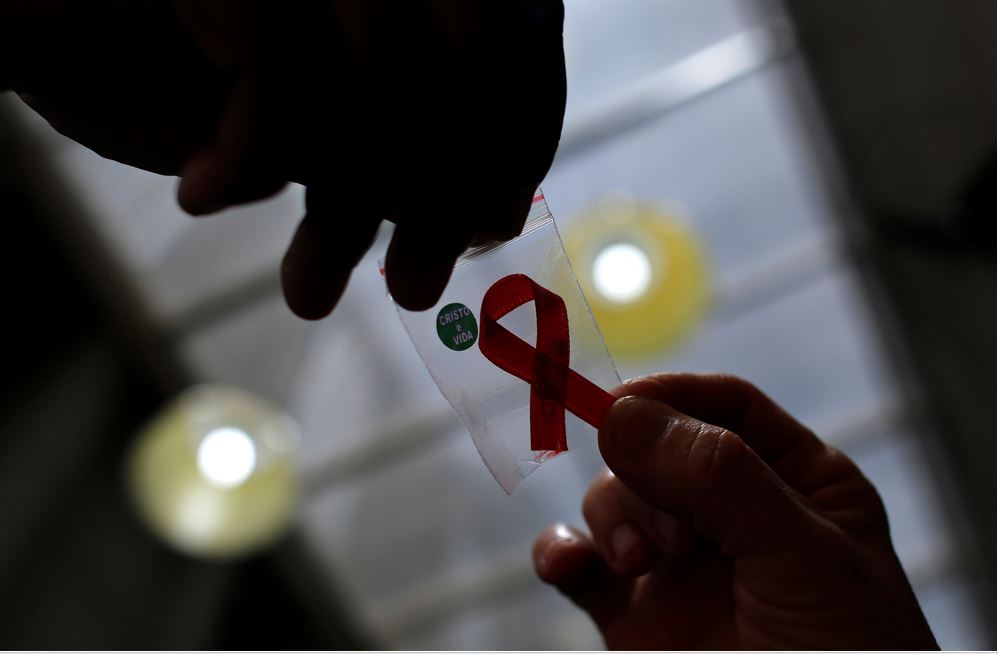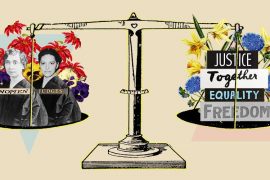A U.S. patient with leukaemia has become the first woman and the third person to date to be cured of HIV after receiving a stem cell transplant from a donor who was naturally resistant to the virus that causes AIDS, researchers reported on Tuesday.
The case of a middle-aged woman of mixed race, presented at the Conference on Retroviruses and Opportunistic Infections in Denver, is also the first involving umbilical cord blood. This newer approach may make the treatment available to more people.
Since receiving the cord blood to treat her acute myeloid leukaemia – a cancer that starts in blood-forming cells in the bone marrow – the woman has been in remission and free of the virus for 14 months, without the need for potent HIV treatments known as antiretroviral therapy.
The two prior cases occurred in males – one white and one Latino – who had received adult stem cells, which are more frequently used in bone marrow transplants.
“This is now the third report of a cure in this setting, and the first in a woman living with HIV,” Sharon Lewin, President-Elect of the International AIDS Society, said in a statement.
The case is part of a more extensive U.S.-backed study led by Dr Yvonne Bryson of the University of California Los Angeles (UCLA), and Dr. Deborah Persaud of Johns Hopkins University in Baltimore. It aims to follow 25 people with HIV who undergo a transplant with stem cells taken from umbilical cord blood to treat cancer and other severe conditions.
Patients in the trial first undergo chemotherapy to kill off the cancerous immune cells. Doctors then transplant stem cells from individuals with a specific genetic mutation in which they lack receptors used by the virus to infect cells.
Scientists believe these individuals then develop an immune system resistant to HIV.
Lewin said bone marrow transplants are not viable to cure most people living with HIV, but reports “confirms that a cure for HIV is possible and further strengthens using gene therapy as a viable strategy for an HIV cure,” she said.
The study suggests that an essential element to the success is the transplantation of HIV-resistant cells. Previously, scientists believed that a common stem cell transplant side effect called graft-versus-host disease, in which the donor immune system attacks the recipient’s immune system played a role in a possible cure.
“Taken together, these three cases of a cure post stem cell transplant all help in teasing out the various components of the transplant that were key to a cure,” Lewin said.
Reuters





Comments are closed.